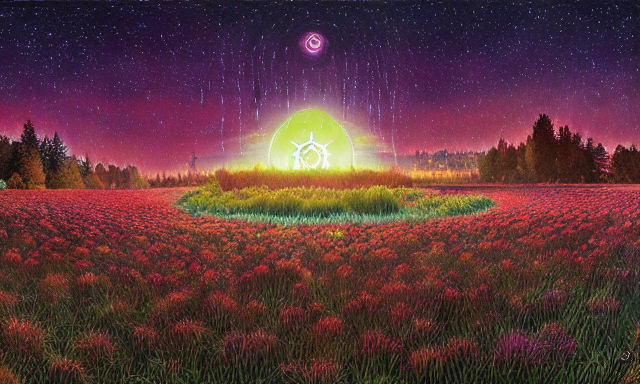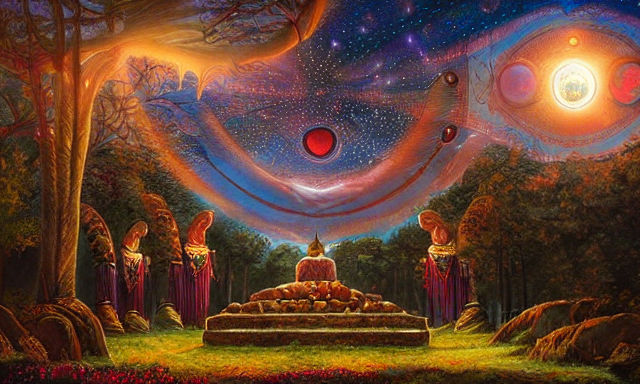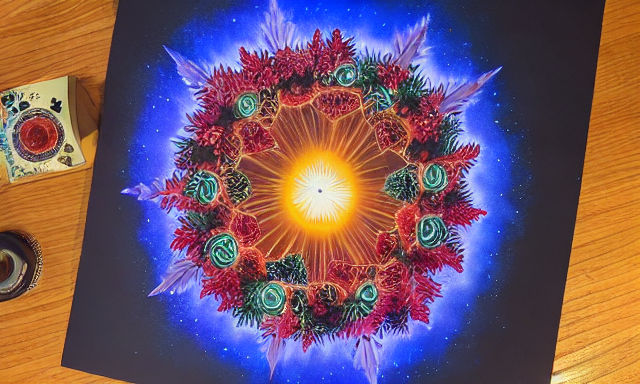Examples of Samhain Costumes
This Halloween-inspired holiday is a celebration of magic, wonder, and remembering the past. Many people also use Samhain as a time to go trick-or-treating. You can make your own costume or purchase one from a store.
Samhain is a time of wonder and magic
For some, Samhain represents the beginning of the winter season, and a time of wonder and magic. But it is also an occasion for reflection, as the equinoxes fall on both sides of this pivotal time. As a time of change, Samhain can bring with it initiation, travel, and communication. As a result, it’s an ideal time to reconnect with yourself and your spiritual self.
Samhain is a Celtic holiday that celebrates the end of harvest and the beginning of winter. It is the halfway point between Autumn Equinox and Winter Solstice, and is one of Ireland’s four seasonal festivals. In ancient Celtic mythology, Samhain was a time of great magic and wonder. The border between this world and the Otherworld was very thin during this time.
Samhain is associated with several Celtic gods. The Scottish god, Cailleach Bheur, is a popular figure during this season, and there are many other gods associated with the Celtic festival. Other myths and folklore surround this time of year, including those associated with spiders, black cats, and owls.
The veils between life and death are the thinnest during Samhain. For that reason, many Witches and Pagans bury fruit near their front doors on Samhain, as a sacrifice for the dead. This ancient tradition has been passed down from generation to generation, and some city-dwelling Pagans may lament the lack of earth near their door.
As the veil between worlds is the thinnest during Samhain, it is the ideal time for ancestor rituals. These rituals allow grieving people to adjust to the Otherworld and appreciate life. As a result, they can be beneficial in a variety of ways. If you’re grieving the death of a loved one, it is important to remember that the time of Samhain is an opportunity for reflection and healing.
Many Pagans celebrate Samhain at the end of October. Others celebrate it on the weekend after the Full Moon or weekend following the Autumn Equinox. Others, however, choose to celebrate Samhain later, near November 6, in order to coincide with the astronomical midpoint. Regardless of where you celebrate Samhain, make sure to invite friends and family to join you for this special time. You may want to bring some food, drink cider or mead, and honor the ancestors.
It honors those who have passed
In Celtic cultures, Samhain is an important holiday honoring those who have passed. It has deep religious significance and is associated with many rituals. The “dumb supper” was one tradition that included inviting the spirits of the dead to join the celebration. In addition to sharing meals, families would play games and update the spirits about events in the past year. Some homes also left the doors open to welcome the dead into the home. Historically, Samhain has ties to the Christian religion, but in modern times it is a cultural festival with a more modern focus.
Samhain has a spiritual meaning and many pagans celebrate it by holding rituals to communicate with the dead. In some traditions, such as Wicca, “the dead are honored by those who have passed on.” These rituals may include creating altars in honor of deceased loved ones, reciting prayers to them, and holding seances.
The Celtic tradition of Samhain has been around for many centuries. This ancient Celtic holiday celebrated the end of the harvest season, the start of winter, and the end of the growing season. It was an important spiritual celebration for the ancient Celts, who were attuned to faerie and mysticism. They believed that during this time the veil between the worlds was thinner, and the dead could communicate with the living. The Celts held feasts to remember their departed loved ones, sometimes even setting a table at their dinner table for them.
In modern times, Samhain is celebrated in Wiccan covens. In addition to ritual, a feast and potluck are often held. In some instances, the covens are legally recognized as churches and are led by a high priestess. These covens also hold public Samhain rituals.
The celebration of Samhain was originally a time when the doors of the Otherworld were opened, allowing ghosts and the souls of the dead to enter. Fires were also lit to mimic the Sun to encourage growth during the cold winter season. During the traditional times, many people would dress up as their deceased loved ones or even a pagan god. This tradition has led to modern Halloween costumes.
It is a time to remember the past and plan for the future
Traditionally, Samhain is a time to reflect on the past and plan for the future. It is also a time for burning things that have been left behind. People traditionally built huge communal bonfires to commemorate the festival. These communal fires were also used to offer prayers. The festival also tended to involve sacrificing cattle, and participants often took a piece of the flame back to their homes. The celebration of Samhain is depicted in the early texts as a necessary ritual, and failure to participate would result in punishment from the gods.
The time to remember the past is a great time to reflect on your own life and the lives of your loved ones. You can create a ritual to remember those who have passed on, and light a candle at their gravesite. This ritual can help you to let go of bad habits and focus on the good things in your life. You can also incorporate herbs and spices associated with Samhain into your home and meals.
Many of the customs of Samhain come from Pagan customs. In ancient times, people would dress up in costumes, especially to ward off evil spirits. It was also a time to remember the dead and plan for the future. For example, in ancient times, Druids would circle the tribal Samhain bonfire with the skulls of their ancestors. The skulls served as protection from demons. Some people even went so far as to leave open the doors of their homes to let the dead come in.
Many Celtic traditions celebrate Samhain as the start of the year. It is also a time for divination. During Samhain, a person can see the future. Some people will also use a bowen knot to ward off evil spirits. This knot is also used by seers to obtain sacred wisdom.
Samhain also celebrates the rebirth of the Sun. During Samhain, the Sun will not be visible for the first two days. It will return in the winter, marking the beginning of the Child of Promise.
It is a time for trick-or-treating
Halloween and Samhain are different, but there are a few things you need to know about both. While Halloween is a day for trick-or-treating, Samhain is more of a spiritual celebration. It’s a time for transformation and invocation of the supernatural.
The word trick-or-treating was actually derived from a Celtic holiday called Samhain, 2,000 years ago. The Celts believed that the dead returned to the earth on Samhain. It was celebrated on October 31. People would dress up as spooky creatures to scare away ghosts and spirits. Some people would dress up as animals, as well.
In ancient times, this tradition was used as a way to appease phantom ghosts. In addition, villagers would lay out food to appease the spirits. Later on, the practice of trick-or-treating expanded to include singing, dancing, and performing plays in exchange for treats. The custom is still practiced today, but it is not as common as it once was.
Trick-or-treating and Halloween share many of the same origins. The earliest Halloween traditions originated in Ireland and Britain. These ancient peoples aligned monuments to important solar events. The Neolithic (Stone Age) people of Ireland, for example, built a temple to celebrate Samhain. They also believed that the gods would appear at Samhain, and would play tricks on worshippers.
Halloween and Samhain are ancient Celtic celebrations of getting in touch with nature. The Celts celebrated Samhain to prepare for winter and to mark the end of the harvest season. Today, we may have trouble connecting with nature, but we can still honor the holiday by bringing nature into our home. Try decorating your home with fall fruits and foliage.
Halloween has its roots in Celtic festivals, which were celebrated about two thousand years ago. During this time, people would gather around bonfires and wear costumes to ward off ghosts. As time passed, the celebrations evolved into the candy-filled, trick-or-treating celebration we know today.
The ancient Celts believed in a liminal period between the living and the spirit world. During this time, the spirits of the dead would walk the Earth. As Christian missionaries brought Christianity to Europe, they continued the idea of living in contact with the dead.







